Roulette strategy p1 is your first step toward a smarter approach to the game, where success depends not just on luck but on understanding rules, odds, and strategy. In this part, you’ll learn the basics: how roulette works, what types of bets exist, how to calculate probabilities, and what to keep in mind before placing your first chip. A helpful and practical guide for beginners who want to play with purpose.
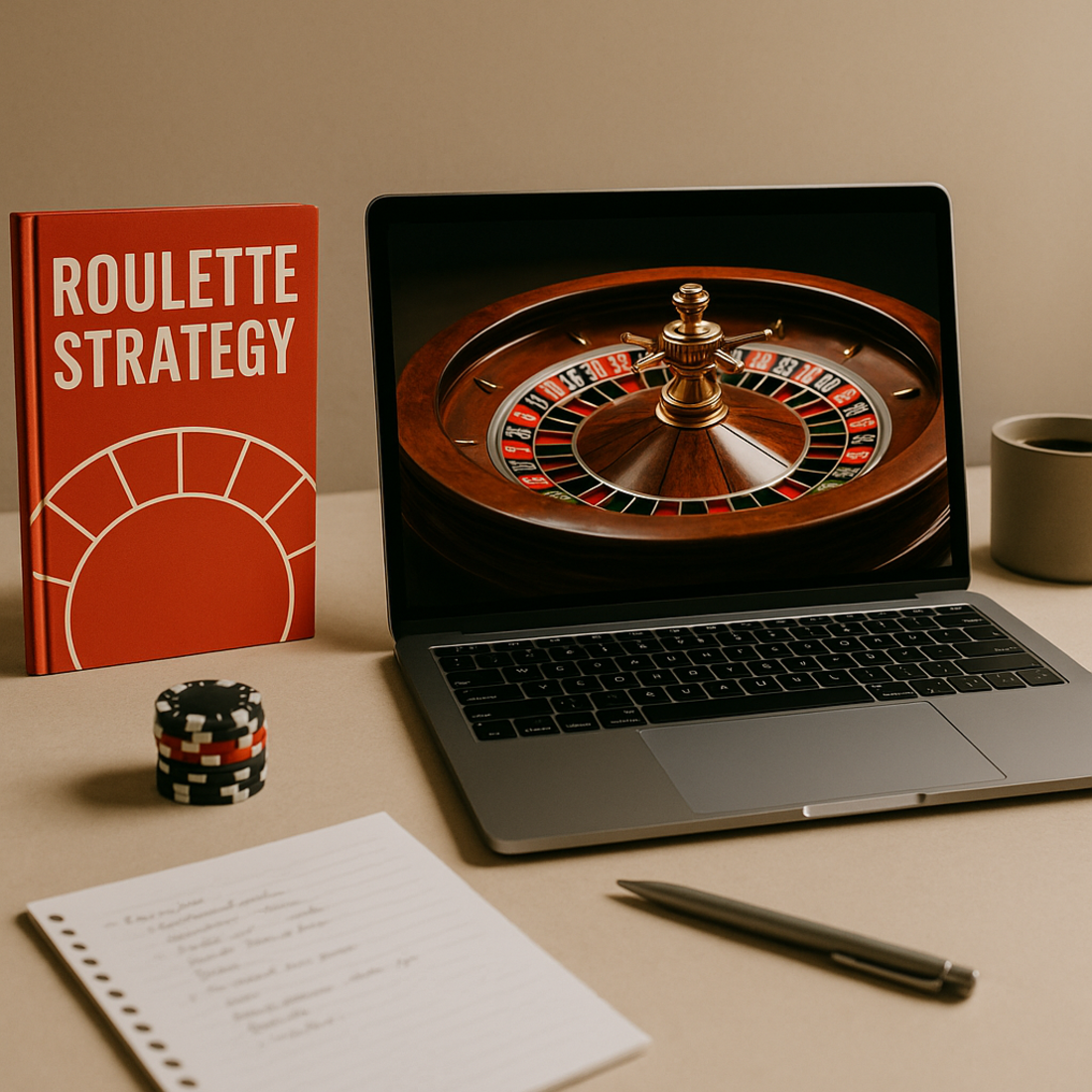
History and types of roulette
The history of roulette began in the 17th century in France. It is believed that the prototype of roulette was created by the famous mathematician Blaise Pascal, who tried to invent a perpetual motion machine (spoiler: it didn’t work out, but something more interesting did).
Over time, roulette became popular in European casinos, and later migrated to America, where it underwent some changes.
Today, there are several main types of roulette: European roulette, American roulette, French roulette.
Each type of roulette has its own characteristics, and further you will learn why the choice of the game option is not just aesthetics, but an important strategic detail.
Game rules: European vs American roulette
The rules of roulette are pretty simple: you bet on a certain number, a group of numbers, a color (red/black), odd/even, etc. Then the dealer (or a program, if you play online) spins the ball around the spinning wheel. When the ball stops, you win or lose.
But here’s the thing:
- European roulette has only one “zero”. This gives the casino an advantage of about 2.7%, which is considered more “loyal” to the player.
- American roulette has two sectors with zeros: “0” and “00”. This increases the casino’s advantage to almost 5.26% – and this is important to consider when choosing a game.
At first glance, the difference of one sector seems insignificant, but in the long run it significantly affects the result. If you want to play wisely, choose the European version of roulette.
How roulette works: odds and probabilities
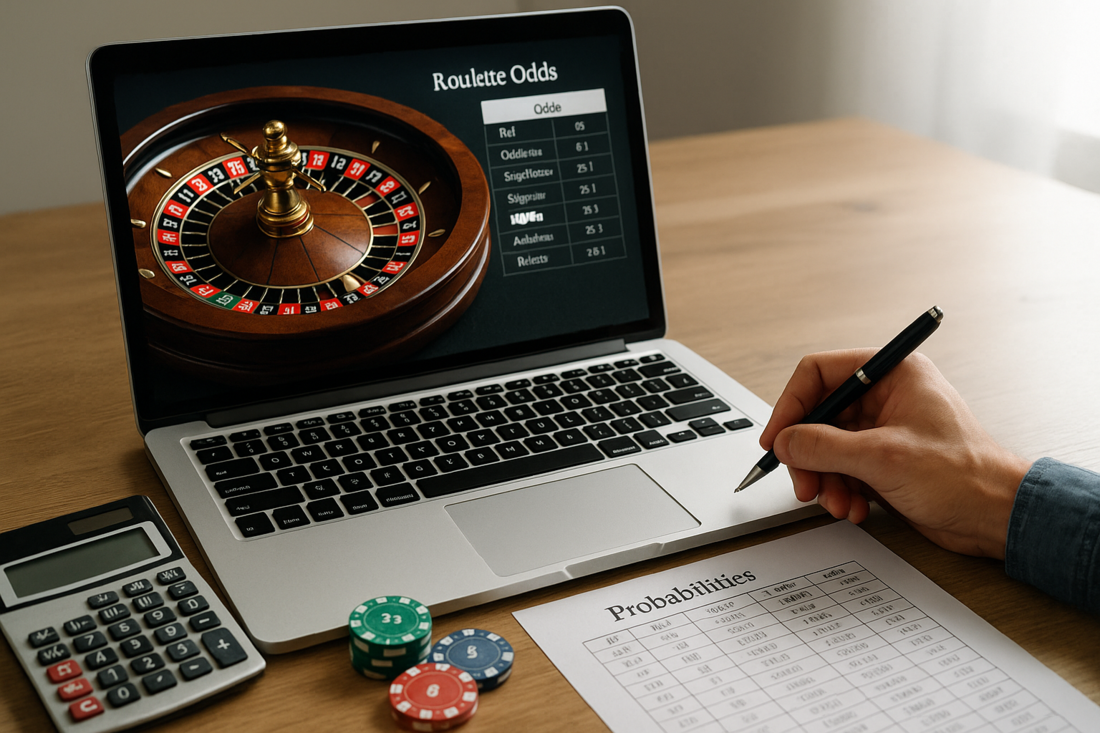
Roulette may seem like a game of pure chance, but there is rigorous mathematics behind every bet. As you’ll learn in roulette strategy p.1, understanding the probabilities and payouts will help you make smarter decisions and avoid common pitfalls.
Types of bets and payouts
There are two main types of bets in roulette – outside and inside.
Outside bets are simple and give almost a 50% chance of winning. For example, bet USD 100 on red, even, or a range from 1 to 18 – in case of a win, you get USD 200 (including your bet). Dozens and columns pay USD 300 for a win with a bet of USD 100.
Inside bets are riskier. A bet of USD 100 on one number (Straight Up) brings USD 3600, but the chance of winning is only 1 in 37. Two numbers (Split) – USD 1800, three (Street) – USD 1200, four (Corner) – USD 900, six (Line) – USD 600.
The higher the payout, the lower the probability. Simple bets win more often, but bring less.
Winning probabilities for each bet
Here’s an example for European Roulette (which has 37 numbers):
| Bet | Probability of Winning | Payout |
| Single Number (Straight) | 2.7% | 35:1 |
| Red / Black | 48.6% | 1:1 |
| Odd / Even | 48.6% | 1:1 |
| Dozen or Column | 32.4% | 2:1 |
| Two Numbers (Split) | 5.4% | 17:1 |
Similarly, in American Roulette, because of the added “00”, the probability for each bet is slightly lower.
House edge explained
The house edge is the mathematical expectation of profit from each bet. In European roulette it is 2.7%, in American roulette it is 5.26% due to the second zero (“00”). This means that from each bet the casino receives on average USD 2.70 in the European version and USD 5.26 in the American version with a bet of USD 100.
Basic roulette strategies for beginners
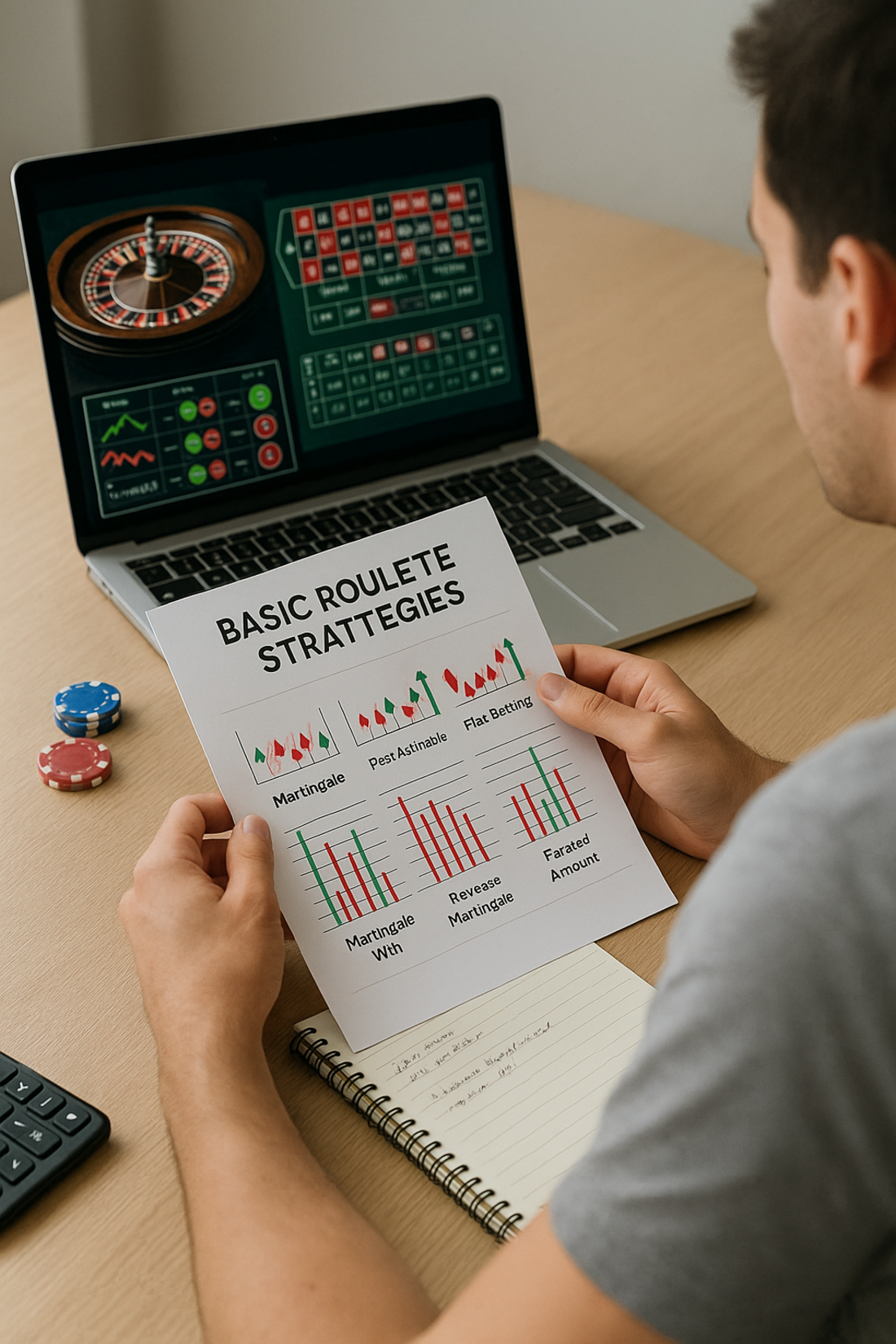
There are simple strategies that help beginners keep the game under control. The most popular are Martingale (doubling after a loss), Reverse Martingale (increasing after a win) and Flat Betting (fixed amount in each game). Each of them helps manage risk and bankroll in its own way.
Martingale strategy
Martingale is the most famous strategy. The idea is simple: every time you lose, you double your bet. The win covers all previous losses and gives you a profit equal to the initial bet.
Example: you bet USD 10 on black. If you lose, the next bet is USD 20, then USD 40, and so on. As soon as black comes up, you get everything back and earn USD 10.
Risk: a long losing streak quickly eats up the bank. For example, after 7 losses in a row, you will have to bet USD 1,280, and the total expense will be USD 2,550. In this case, the table limit may be triggered or you may simply run out of money.
Reverse Martingale (Paroli)
The opposite version of the strategy is to increase the bet after a win, not after a loss. Lose – go back to the minimum bet.
Example: start with USD 10, win – the next bet is USD 20, then USD 40, and so on. After a loss, again USD 10.
Pros: you only risk your win. Cons: if the series breaks, you will not have time to take the accumulated profit. This strategy is suitable for those who want to “catch the wave” of luck.
Flat betting system
The simplest and safest strategy. Always bet the same amount, for example USD 20, regardless of the result of previous rounds. This approach helps control the bankroll, avoid large losses and play longer. Yes, the winnings will be small, but so will the losses.
Pros and cons of using strategies
Pros:
- Help structure the game and avoid chaotic betting
- Give a sense of control and confidence
- Some strategies help minimize losses in a short session
Cons:
- Do not guarantee a win
- Do not work against casino math
- Can lead to quick losses if bankroll is not managed correctly
Here are the most important points to understand before using any strategy:
The illusion of control
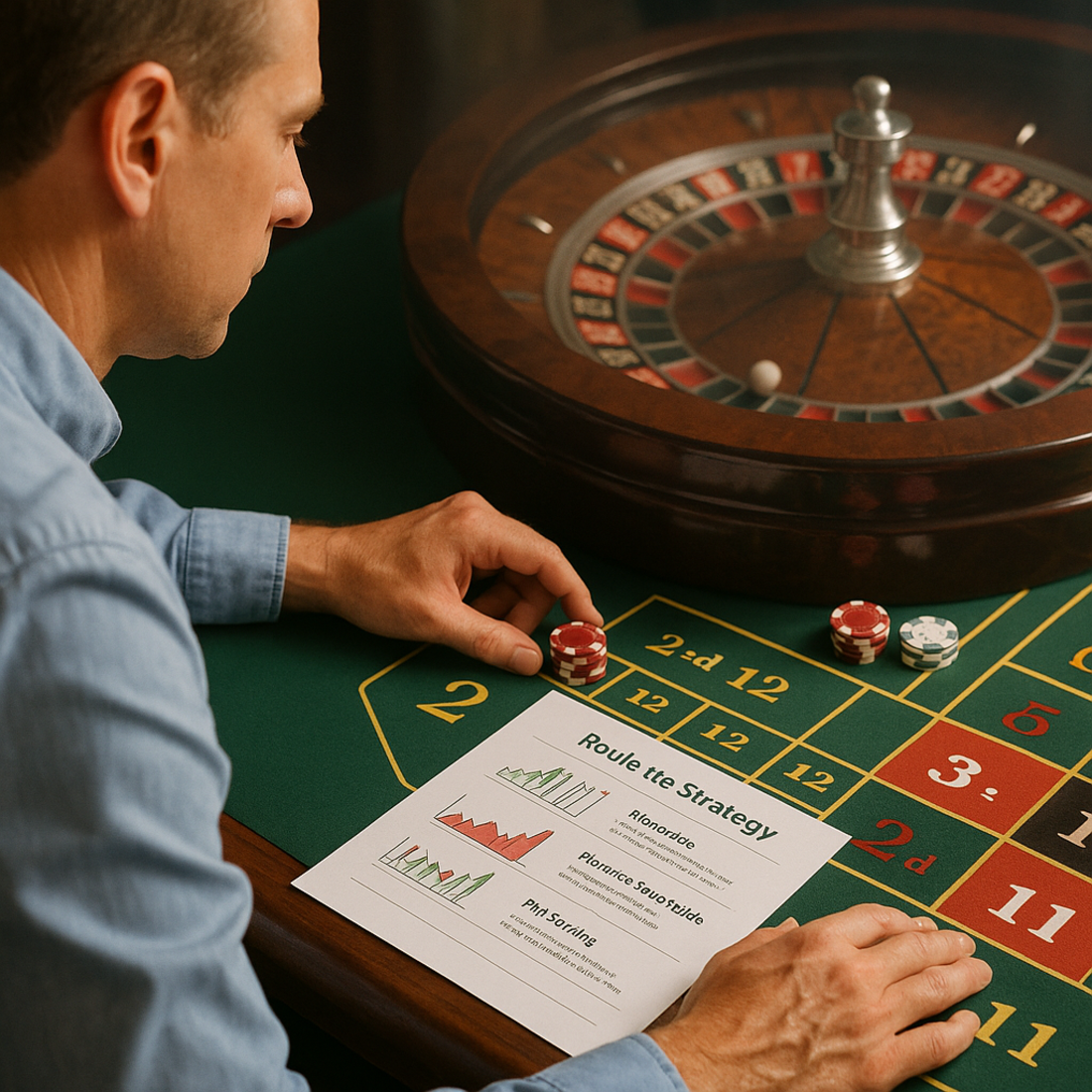
Strategies create the impression that the player is able to “beat” the roulette. In reality, each spin is independent, and the outcome is determined randomly. Even the most logical system does not cancel the casino’s advantage.
Table limits and risk management
You can’t double your bet indefinitely – each table has a maximum limit. In addition, a long losing streak quickly increases the amount of your next bet. Without risk management, you can lose your bankroll in just a few rounds.
Bankroll management tips
Before playing, it is worth clearly defining how much you are ready to spend and how much you want to win. Set limits on losses and wins, do not chase after winning back and divide the bank into small sessions. This will help to avoid rash decisions and prolong the pleasure of the game.
Tips before you start playing
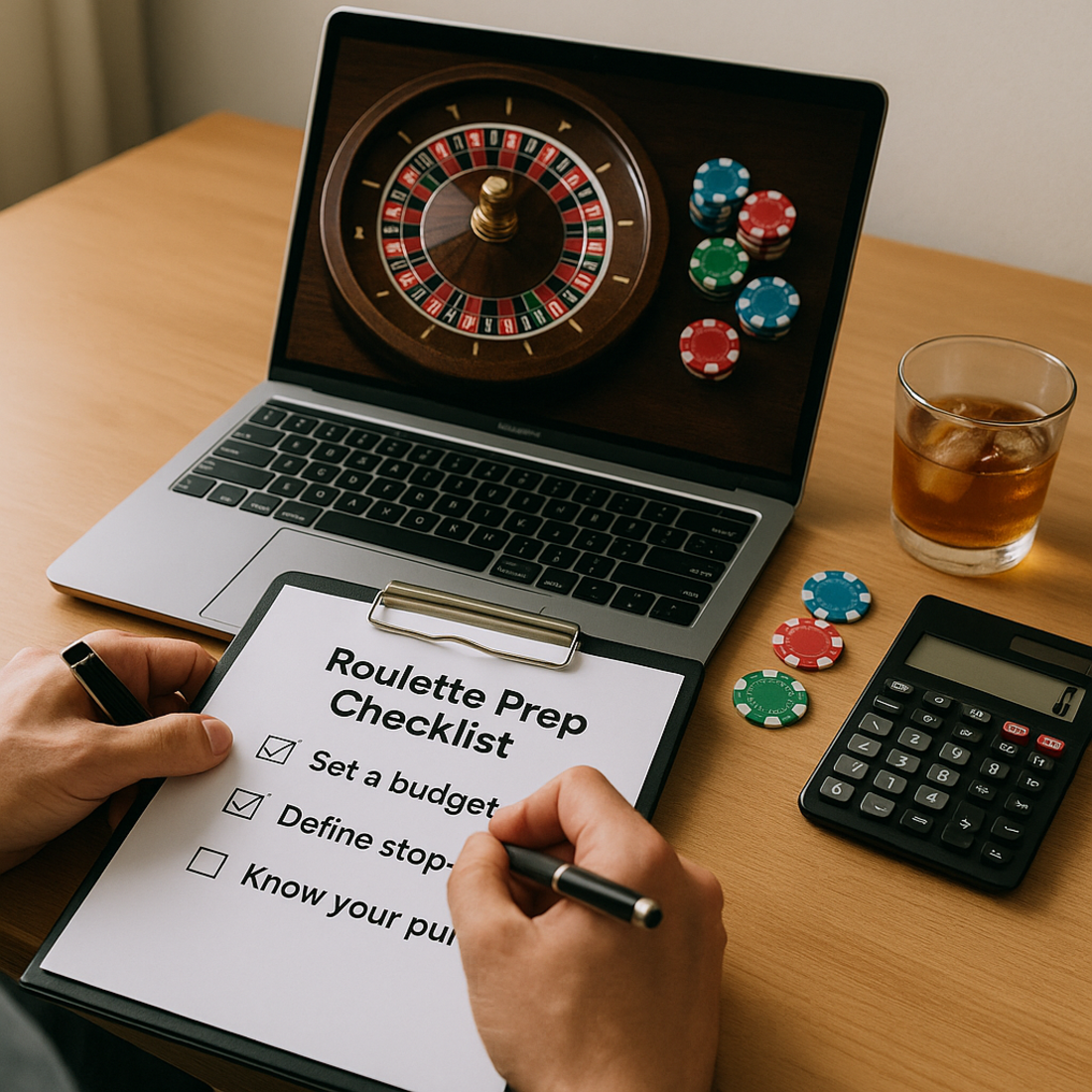
Before you place your first bet, it’s important to do some preparation. Even simple steps can help you avoid common mistakes and make the game comfortable. Roulette can be exciting, but excitement can easily knock you off your game plan. That’s why it’s worth setting clear boundaries for yourself in advance: how much you’re willing to spend, at what result you’ll stop, and why you’re even sitting down at the table. The right approach from the start can not only help you enjoy the game longer, but also keep your bankroll safe.
Choosing the right type of roulette
Not all roulettes are created equal. When choosing a roulette type, pay attention not only to the number of “zeros”, but also to whether there are additional rules (such as La Partage or En Prison), and what limits are set on the table. Sometimes small details have a big impact on the outcome of the game.
Practicing in demo mode
Before playing for real, it is worth trying roulette in demo mode. Many online casinos provide this opportunity for free. This allows you to test different types of bets, experiment with strategies and understand how you react to winning or losing – without stress and the risk of losing money. This training mode is especially useful for beginners.
Setting win and loss limits
One of the smartest decisions you can make before you start playing is to set your personal limits. Determine how much you are willing to lose without regret – this is your loss limit. You should also set a winning threshold – the amount you will reach when you quit the game, without giving in to the temptation to “earn a little more.” These simple rules protect you from impulsive decisions and help you maintain control even in emotional moments.
Understanding the basics is the first step to playing with confidence. As shown in roulette strategy p1, smart play starts with knowing the rules, the odds, and your own limits. Whether you’re aiming for fun or long-term consistency, a clear strategy helps avoid impulsive decisions and makes the experience more rewarding. Stay mindful, play responsibly, and enjoy the game at your own pace and comfort level.

